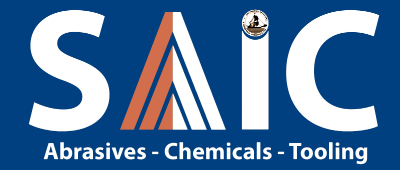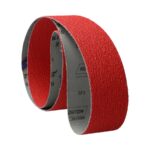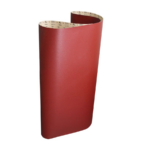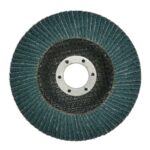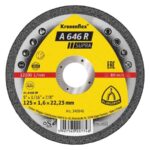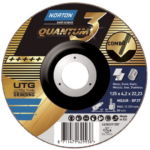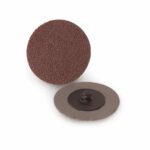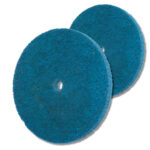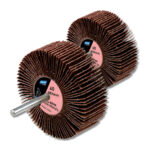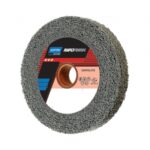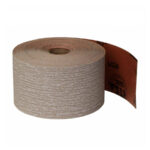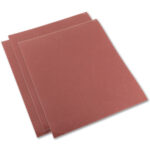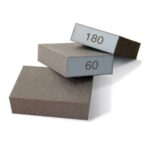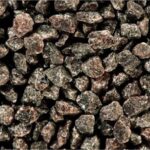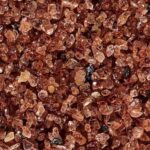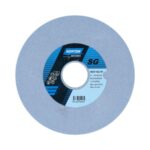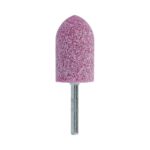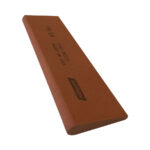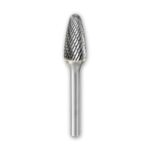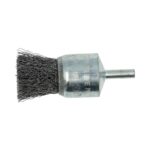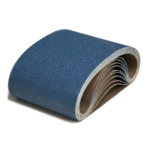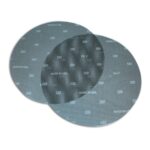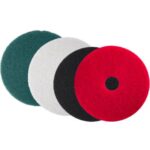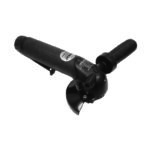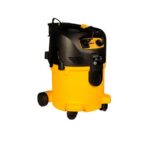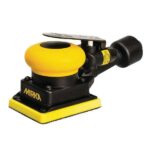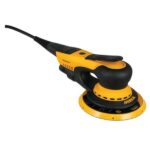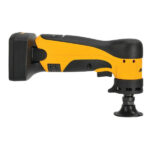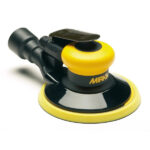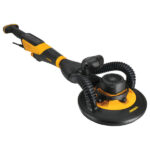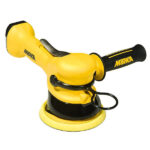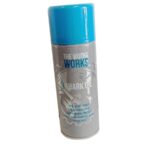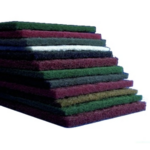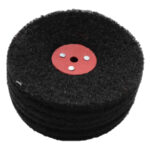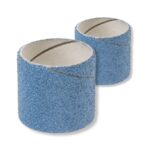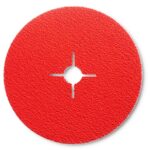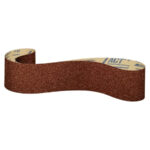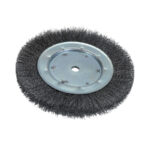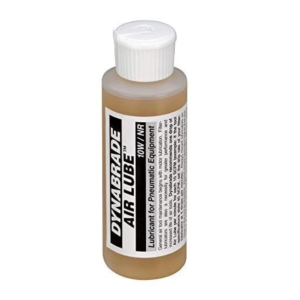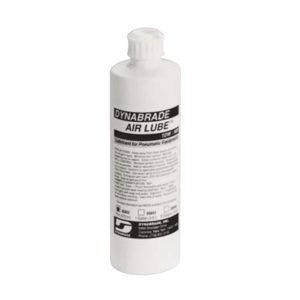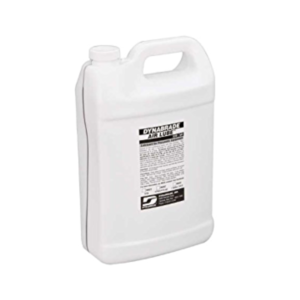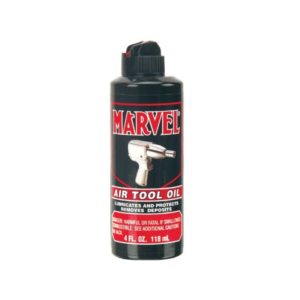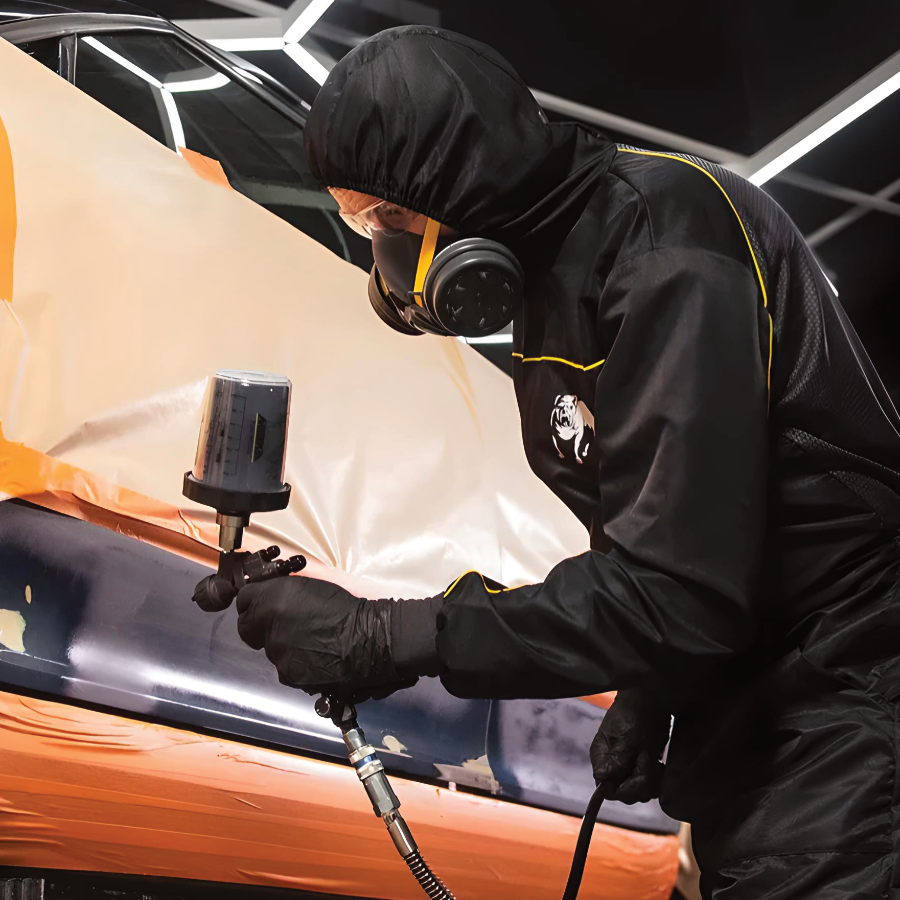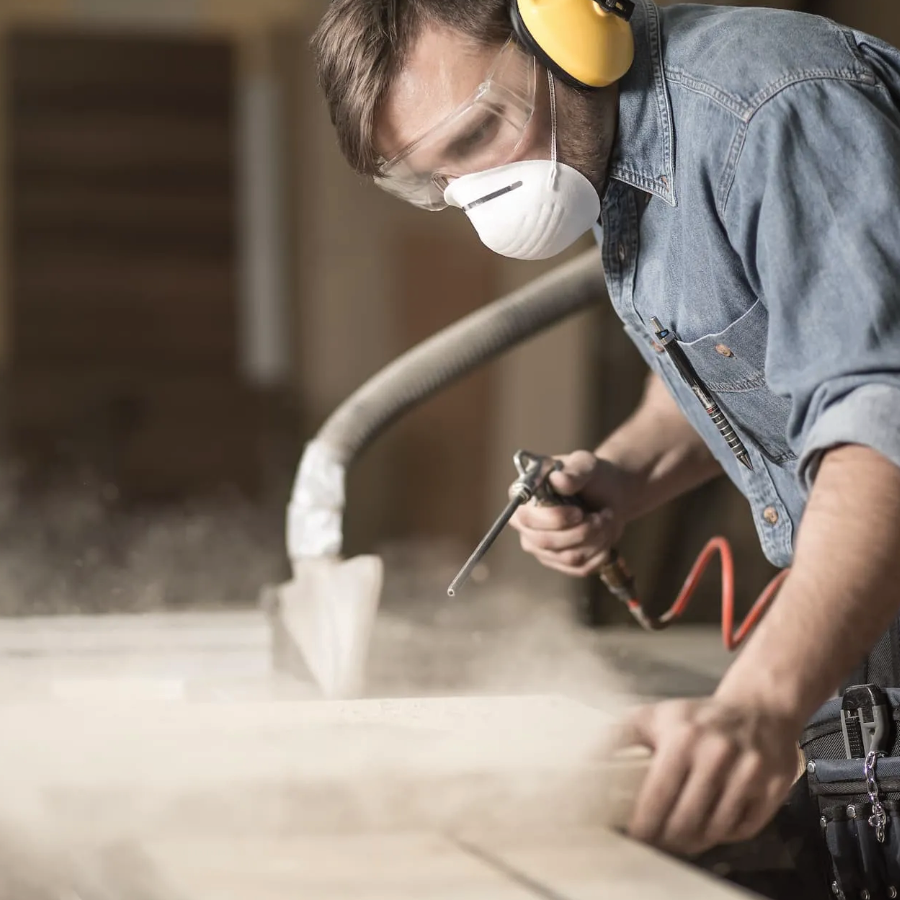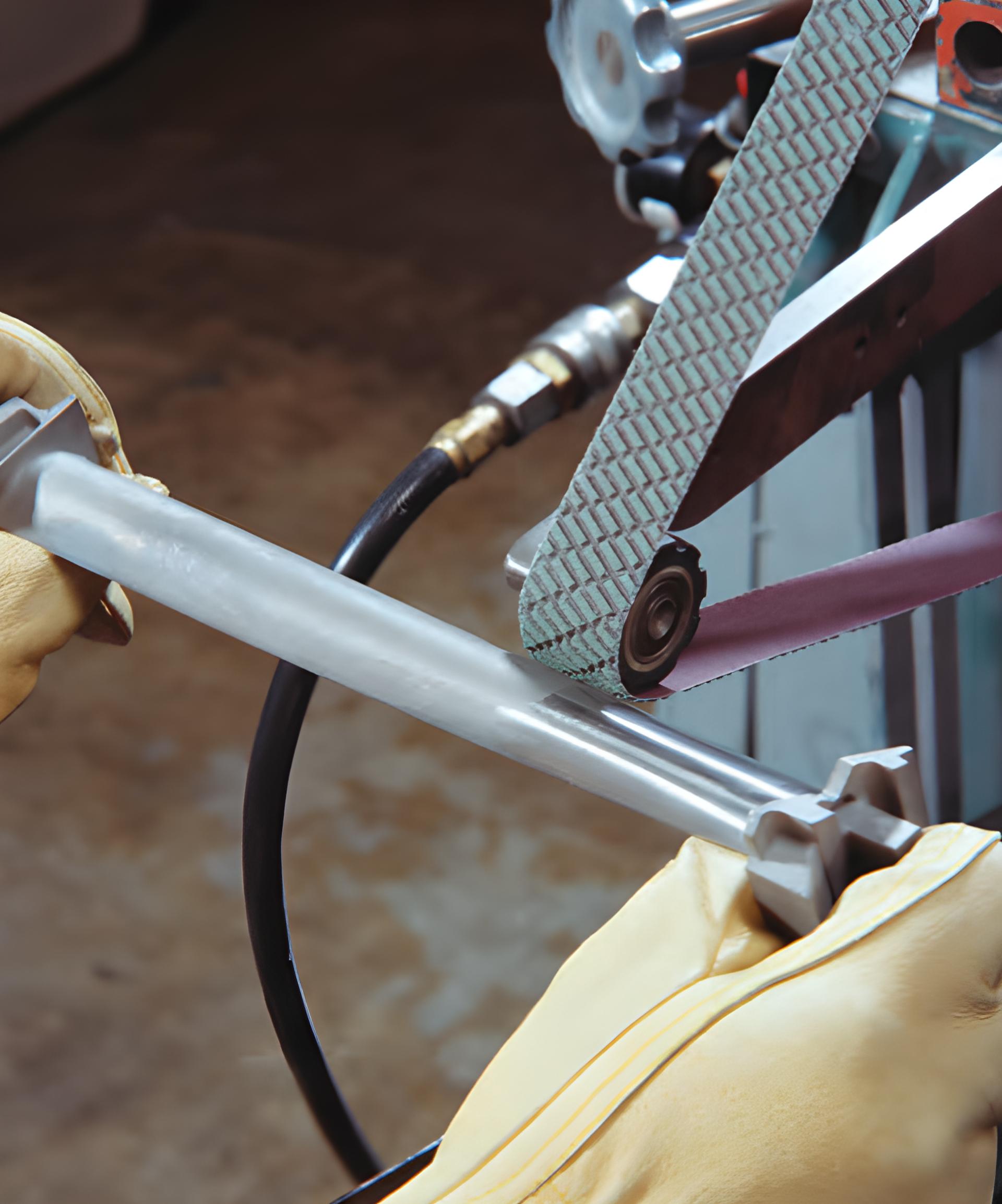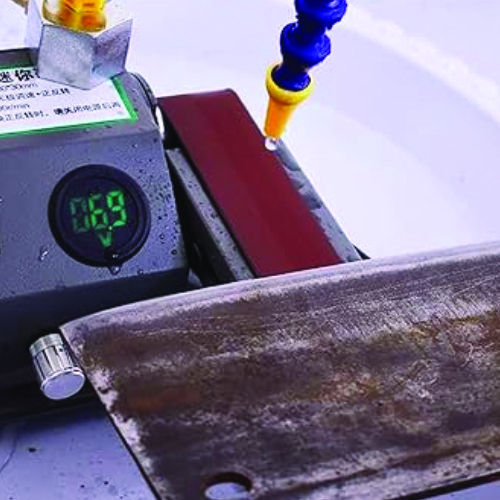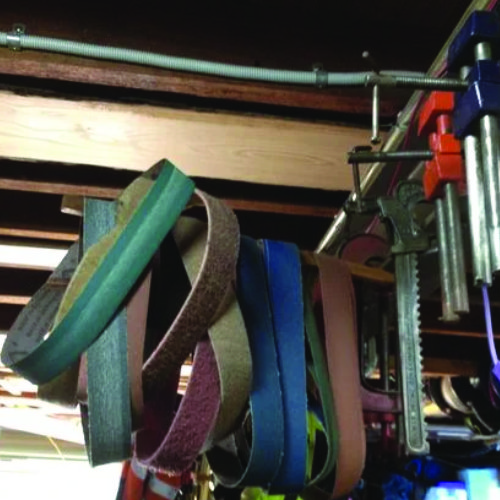Blog
Maintenance For Air Tools
Air tools have moving parts and as such they require regular servicing to maximise their lifetime & performance. With the right preventive maintenance in place you can however keep them in good working order, to minimise the cost involved when the time comes to have them serviced.
To be able to properly maintain your tools it is important to understand the different variables that can have an impact on their performance, both internal and external. Air tools are pneumatic, or air-powered, which means that they connect via an air line/hose to a standalone compressor or centralised air supply system. Air is sent at high pressure through the hose to the air inlet on the tool, and once the trigger is pulled this will release the air into the motor and generate power for it to operate.
Inspect the tool
- Conduct a visual inspection for any obvious damage, e.g. bent spindle or wheel guard, as well as any couplers or fittings.
- Run it at free speed (i.e. not applying it to the workpiece) to listen for unusual sounds and to see if you can feel any abnormal vibrations, both of which can be an indication of damage to the internal components.
- Check to see if the tool’s air inlet and exhaust are clean; if not this could indicate contamination of the air supply.
- Check to see if the tool has a fine film of oil present in the motor, otherwise it is likely not being oiled regularly enough.
- Can the tool’s spindle be turned by hand? If not the vanes are likely broken which would also indicate that the motor has not been oiled regularly.

Check for correct air pressure
The pressure at which the air is supplied is an important factor; most air tools are designed to operate at 90 PSI, and if the air is supplied at too high a pressure it can cause blown seals and bearing failures, as well as damaging other internal components. Conversely if it is set too low then the tool will not have enough power to operate under load, to such an extent that in some cases we have seen the spindle stop spinning as soon as any pressure is applied to the workpiece. To try and compensate for this loss in power some operators will apply greater force against the workpiece than the tool is designed for, again causing internal damage. It is therefore imperative to ensure that air is supplied at the correct pressure, in order to prevent tool failure and expensive repair costs.
Check for suitable air quality
It is also essential to ensure that the air supplied to the tool is clean without any contaminants or moisture. Compressors work by taking in air from the surrounding atmosphere and compressing it to the required pressure, however this also includes any moisture contained in the air that it consumes. Compressed air can not hold as much water and so this moisture will condense into liquid, which if fed into the tool with the air supply will cause its internal components to rust.
There are multiple ways to prevent this issue from occurring:
- Ensure that the water tank on your compressor is emptied daily. Failure to do so will also result in your compressor starting to rust, therefore contaminating the air supply.
- Install a filter. We recommend fitting a filter to the air line which will automatically filter out moisture & contaminants from the air before feeding this to the tool.
- Install an air dryer. You can fit an air dryer to your compressor if it does not have one already; this will automatically cool the air and then separate it from the water, before heating it back up to the required temperature and sending it through the air-line.
Lubricate regularly
Air tools have many moving parts that work in conjunction with each other and therefore make constant contact at high speed. If well lubricated these parts should slide past each other seamlessly, however if they are dry then this will cause friction and generate heat, wearing them down much more quickly. A common symptom of a lack of lubrication is broken rotor vanes, where these have expanded from the heat generated by friction and snapped off. This can usually be diagnosed by the operator not being able to manually turn the tool’s spindle by hand.
RECOMMENDED LUBRICANTS
It is essential to use the correct lubricant; a dedicated air tool oil such as Dynabrade’s Air Lube or Marvel Air Tool Oil are recommended. Using a suitable lubricant will also protect the interior metal components from any residual moisture accumulated during the day. It is however strongly recommended not to use any solvent-based oils as these have the opposite effect; they contain alcohol and so will in fact dry out any remaining lubrication, as well as attacking any rubber components such as seals. WD40 is a common culprit of this where operators do not understand the risks of using this product.
How to lubricate your air tools correctly:
- Supply the air motor oil manually, directly into the air inlet. Apply 2-3 drops throughout the day, i.e. start-up, mid-morning, lunch, mid-afternoon, end of the day.
- Use a mini or inline oiler. These are affixed to the air inlet of the tool and have an oil reservoir which, once filled, injects a mist of oil at a set rate as the air is fed through it.
- Install an automated filter-regulator-lubricator. This is usually situated on the wall between the air supply and the tool, and automatically injects oil at the desired rate into the air supply. At the same time it will also filter out any moisture and contaminants, and regulate the air pressure to ensure it is actually supplied at the set level and not too high (thus preventing damage to the air tool as discussed previously.)
